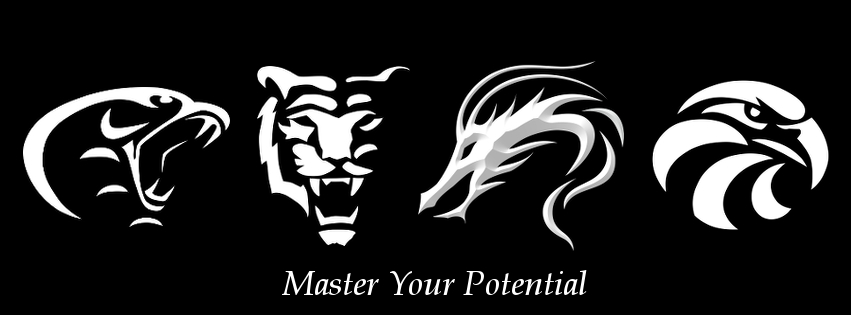Meditation and Self Hypnosis
Before reading this I suggest that you read the Understanding Stress Blog
Stress is the result of prolonged activity of the sympathetic nervous system. It is the curse of our age. There is more information in one edition of the times than a medieval man would have read or heard in a lifetime. And a lot of this information will cause us to become alert to danger or stressed. We can easily find ourselves in an almost permanent state of alert in which the sympathetic nervous system is activated, preparing us for a quick response to a danger that never materialises.
Meditation and Self Hypnosis are possible ways of dealing with this stress.
MEDITATION The Benefits
Here is a list of the summary of results of many of the scientifically conducted studies into meditation.
Changed brain waves.
EEG activity slows down.
Sympathetic nervous system reduced activity.
Increased activity in the parasympathetic nervous system, which regulates heart rate, breathing and the other involuntary motor functions.
Increases relaxation, not only when meditating.
Improved accuracy of perception. Less fooled by illusions.
Need for less sleep.
Less stress and subsequent better immune system.
Evidence of marked decrease in the thickness of artery walls,
Reduced the risk of stroke and heart attack.
Less depressed, anxious, anger and confusion.
More energy, fewer heart and gastrointestinal problems
Less stress hormone cortisol.
What is Meditation?
It is a highly alert state of mind. It requires one to remain psychologically present in the moment without analysing or evaluating the details of whatever happens in and around one and therefore without adding to or subtracting from it in any way.
What is Hypnosis?
The state of hypnosis can best be described as a state of highly focused attention with heightened suggestibility. Hypnosis is sometimes but not always accompanied by relaxation.
It should not be difficult to realise that ‘alert’ and ‘focussed’ are interchangeable, as are ’heightened suggestibility’ and ‘without analysing.’
Although it may not be obvious until you become familiar with both, but meditation and hypnosis are very, very similar states of mind. Indeed, many people who meditate with a view to changing or improve a particular aspect of themselves will, without realising it, be using self hypnosis, but without calling it such. Often they will be doing it in a very imprecise and haphazard way. This article is about making this practise more systematic and with a greater overall understanding.
Lets start with a simple meditation. Focus on your breath. Be aware, even very focussed, but don’t think about it. You could pick a view out of your window or an idea or word to focus on. Focus without considering is what some might call ‘The stares.’ You know those moments when someone might say, “a penny for your thoughts”, but you don’t have any. Focus, stare and go blank.
How do you know if you are doing it right? Simple, if you’re feeling better at the end, you are probably doing it right.
With hypnosis one tends to get a person to focus on feelings in their own body while they also focus on your voice, and yes you can get them to stare at a swinging watch or your eyes, but the result is actually almost an identical state of mind to meditation.
Let’s just cover some important points about hypnosis.
Hypnosis is not:
▪Mind control
▪Brain-washing
▪Sleep
▪Unconsciousness
▪A peculiar altered state
▪A mystical state
When in hypnosis a person is:
▪Aware
▪In control
▪In a natural and harmless state
▪Able to come out of hypnosis when s/he wishes to.
The term originally meant sleep of the nervous system, and the originator of the term tried to change it later as it got misunderstood, but by then the term had stuck.
Think of it as the sleep of the sympathetic nervous system or turning the alarms off.
The Conscious and Unconscious – When we de-activate the sympathetic nervous system we open up the communication between the conscious and the unconscious.
It is common to use an ice burg as an analogy of the conscious and the unconscious. The small bit above the water being the conscious and the vast bulk of it below the water represents the unconscious and that’s ok up to a point.
But I like the imagery of a company office block with the executive board room at the top; the conscious. The communication between the floors is what we are looking at. Are the doors open, are the phones working.
When the activity in the board room is frantic, the staff keep out, when there is quite open relaxed attitude, the staff come and go with their ideas and take away instructions.
You could picture the the bridge of the star ship enterprise.
Remember, what we are talking about is opening the doors from the conscious to the unconscious.
Picture the starship enterprise. Klaxons screaming, gravity all over the place, jets of steam shooting out of random ceiling joints, lights flashing, random men in red sweaters running around inevitably to their deaths. There’s Klingons on the starboard bow, there’s Romulons coming up the rear. Everyone is focussed on emergency action. All the doors are shut to stop a hull breach from causing a catastrophic systems failure. The communications system is essentially shut down except for emergency information. No one is tending the hydroponics lab, no one is eating, chatting, sharing ideas, playing 3D chess, or having politically significant inter racial relations.
That is your sympathetic nervous system in full alert.
We are talking about turning the alarms off. Open all the doors between departments. Let the different parts talk to each other. Not only the executive management telling the production dept what needs to be done, but the production dept listening to the design and research dept, the customer survey dept letting the planning dept know what is going on.
Every part of you listening to every other part of you and being able to respond. Do you listen to your body?
In the next blog, we shall look at an example of how you can use meditation/self hypnosis to make changes to ourselves.









